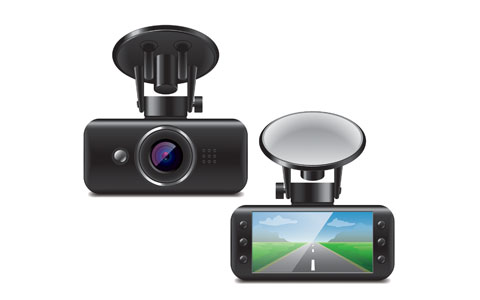Is Your Distracted Driving Policy Working?


According to research conducted by the Virginia Tech Transportation Institute (VTTI), driver distraction is a leading cause of vehicle accidents. Nearly 80 percent of vehicle crashes involve driver inattention.1 Additionally, texting while driving can increase your crash risk as much as 23 times. Reaching for, dialing and talking on a cell phone are tasks that also can significantly increase crash risks.2
Recent highway crash data highlight the magnitude of the problem. The number of people injured in distraction-related crashes in 2012 totaled 421,000 – up 9 percent from the prior year.3 Despite these sobering statistics, many drivers continue to talk and text while driving, making distraction one of the most serious roadway safety issues we face today.
Considering the potential dangers and costs associated with vehicle accidents, distraction caused by mobile device use is a problem employers should address. Here are four ways you can help avoid the dangers of distracted driving in your fleet.
- Create – Create a formal, written policy stating your organization's position on mobile device use and other distractions while driving. A formal policy is the foundation of your distracted driving prevention program. It should apply to everyone in your organization who drives a vehicle on company business, whether it is a delivery truck, a sales vehicle, a supervisor visiting job sites or an office employee using a personal vehicle to run errands.
- Communicate – To be effective, safety policies should be communicated on a regular basis. The best way to communicate your policy is to ask every employee who drives on company business to acknowledge in writing that he or she has read, understands and will follow the policy. But you should not stop there. Use emails, newsletters, bulletin board postings, defensive driving training and signage in vehicles to communicate your policy in various ways throughout the year.
- Follow – Managers and office staff should lead by example. Let employees know that while they are on the road, no phone call or email is more important than their safety. To further prove that point, managers and other staff should defer conversations with employees until they are safely parked.
- Promote – Managers should define the safe driving practices and expected behaviors of those that drive for any business purpose. They should also take the appropriate steps to understand who is following these policies, and actively promote the desired behavior.
Sources
1 100-Car Naturalistic Driving Study Fact Sheet, Virginia Tech Transportation Institute, http://www.vtnews.vt.edu/articles/2005/06/2005-834.html
2 Driver Distraction in Commercial Vehicle Operations, FMCSA, September 2009.
3 Distraction.gov, U.S. Department of Transportation website, January 2014.
Doc#: LCT806




